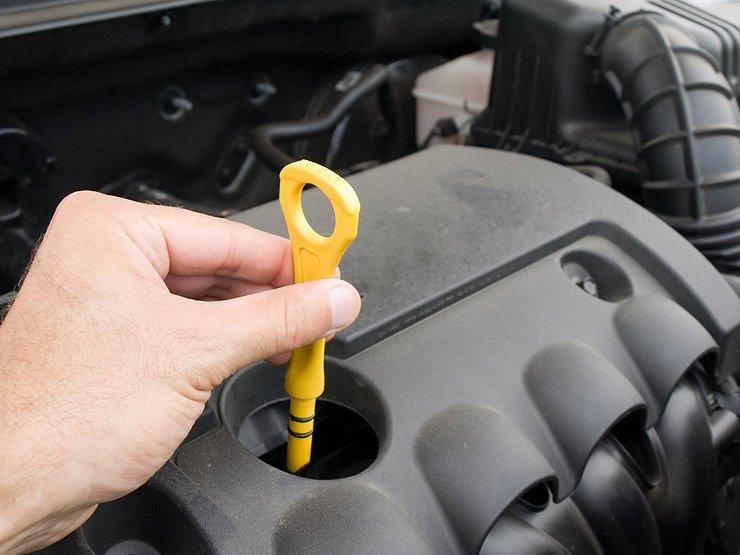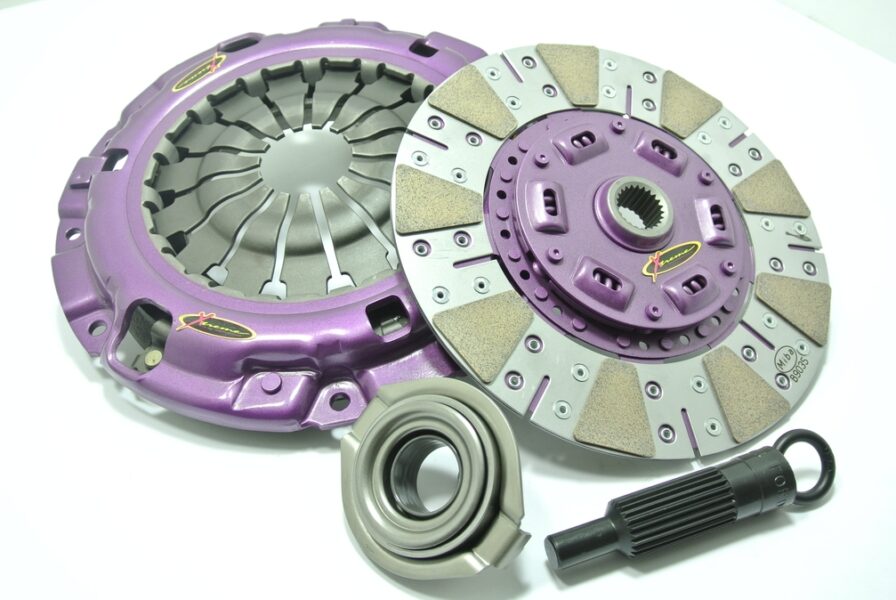
Signs of a malfunctioning car clutch
Content
The car clutch is an important element of the transmission, the technical condition of which determines the comfort and safety of traffic. During operation, the clutch may require adjustment, maintenance, and replacement, depending on the degree of wear. The clutch is a node that is called a “consumable”, because it is based on friction parts, and parts that are subject to a constant high load. Next, we will figure out how to identify a clutch malfunction, what kind of breakdowns happen and how to fix them.
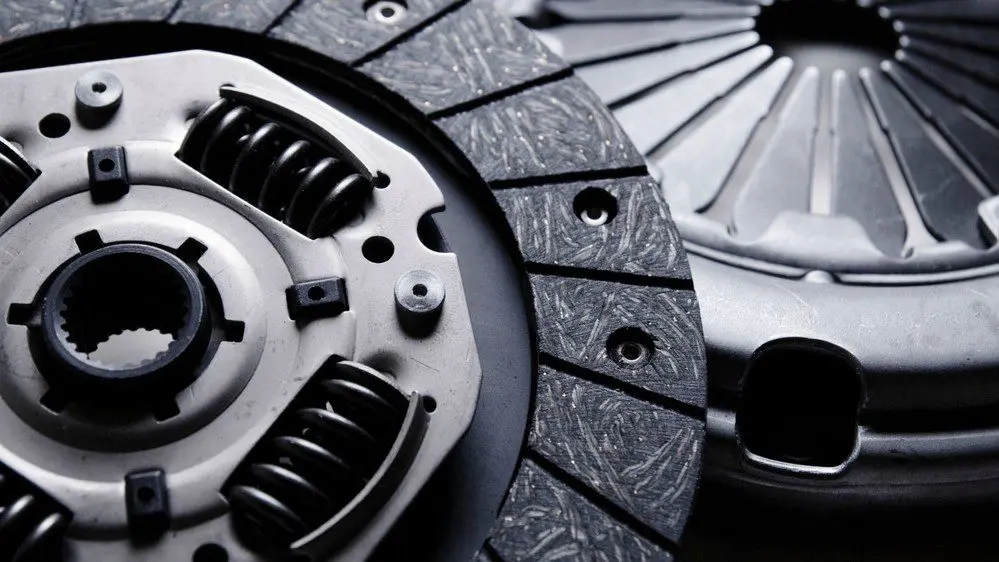
Which contributes to accelerated wear of the clutch
The first and main reason for accelerated clutch wear is the careless handling of the driver, namely, abrupt starting, slipping, holding the clutch pedal for a long time. It is important to understand that there are two parts in the clutch that fail the fastest, and, accordingly, do not tolerate harsh operating conditions - the clutch friction disc and the release bearing. The clutch disc begins to wear out faster, and its increased wear is characterized by a specific smell, which is called “scorched clutch”, and the release bearing, due to prolonged idling, crunches and buzzes.
The second point lies in the quality of components. If you purchase the clutch separately, then the difference in the quality of the components adversely affects the entire assembly. Poor quality clutch works less, sometimes slips. And finally, the third reason is improper clutch installation. It could be one of the following:
- the friction disc is installed upside down;
- the release bearing does not “sit” enough in its place;
- the clutch disc was not centered during installation.
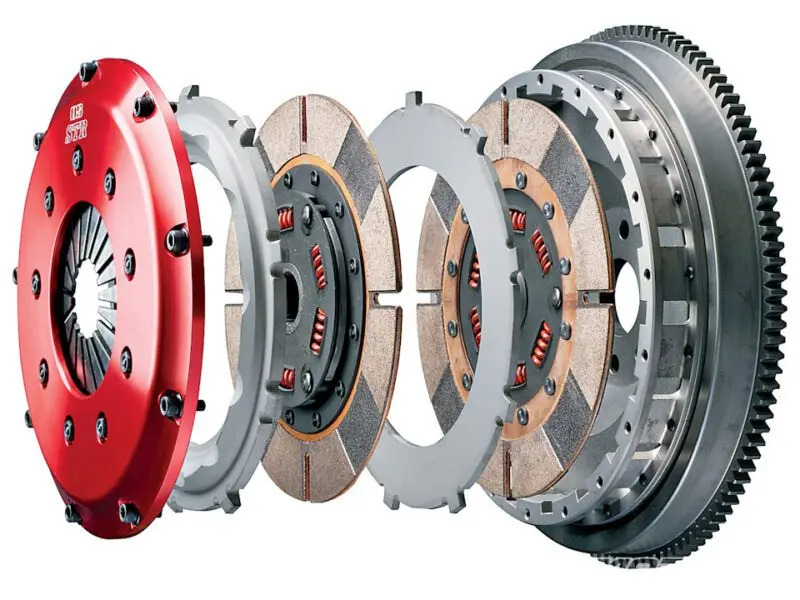
Clutch failure symptoms
There are many direct and indirect indications of clutch wear. To determine the reasons, it is necessary to carefully carry out diagnostics, which can directly indicate a specific part that is out of order. Further, from the signs below, you will learn to understand under what factors one or another part of the clutch system has failed.
Consider the main signs that directly indicate clutch wear:
- the clutch is not completely disengaged. This feature is called "clutch leads", and occurs due to the fact that when the clutch pedal is pressed, the driven and driving discs do not open properly, and their working surfaces touch somewhat. Because of this, gear changes are either accompanied by crunching synchronizers or it is generally impossible to engage the gear until the driver squeezes the clutch several times;
- slipping of the driven disk. Slipping occurs due to insufficient adhesion to the flywheel surface, which makes engaging the clutch barely possible. As soon as you release the clutch, you will see a sharp increase in revs, while the car will accelerate with a delay. The slipping is accompanied by a strong smell of burnt ferrodo, which is called "clutch burning". Depending on the degree of clutch wear, slipping can catch you when driving downhill, with a sharp acceleration or when the vehicle is fully loaded;
- vibration and extraneous sounds... Such moments arise when the clutch is turned on and off, in many respects they speak of a malfunction of the damper springs of the driven disc and a faulty release bearing;
- clutch jerk... It occurs at the beginning of the movement, and a jerk can also occur when switching during driving.
How to check the clutch
If you, while operating the car, notice one of the symptoms of inadequate clutch behavior described above, read further on how to self-diagnose the clutch system without removing the gearbox.
"Leads" or "Doesn't Lead"
In order to determine whether the clutch “leads” or not, you should diagnose as follows: start the engine, depress the clutch pedal and try to engage first or reverse gear. If the gear is engaged with difficulty, accompanied by specific sounds - this indicates that the friction disc does not completely move away from the flywheel.
The second diagnostic option takes place in motion, when the car is loaded or moving downhill, while you will clearly hear the smell of a burnt clutch.
Does the clutch slip
To check, you must use the hand brake. Please note that the vehicle must be parked on a level surface. We start the engine, squeeze the clutch, turn on the first gear, while the handbrake is activated. If the car, when the clutch pedal is released, stalls, the clutch assembly is working, in any other case additional diagnostics are required with the removal of the gearbox.
Checking clutch wear
It is quite simple to check the clutch with the following scheme:
- Start the engine and engage 1st gear.
- Smoothly releasing the clutch pedal, without gassing, try to get under way.
If the vehicle started moving as soon as you started releasing the pedal, then the clutch is practically not worn out. "Seizing" of the clutch in the middle of the pedal amplitude - wear is 40-50%. When the car starts moving only when the clutch pedal is fully released, this indicates a malfunction, while the driven and driving disk may be in excellent condition, and the clutch slave cylinder has failed or the cable has stretched.
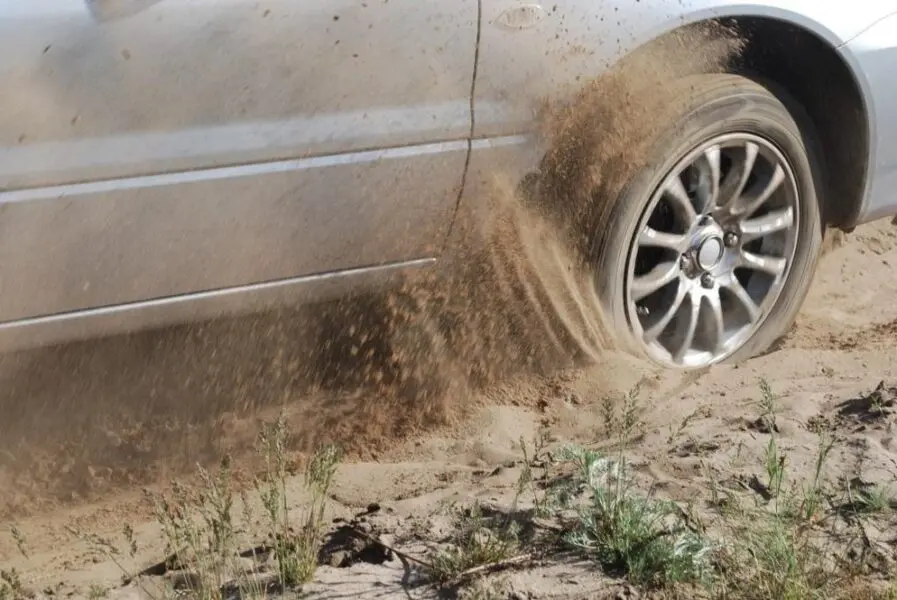
Causes of clutch failure
Often, car owners are faced with the problem of inadequate operation of the clutch system only when clear signs are detected. Directly reasons:
- wear on the drive or driven disc, or assembly. In normal operating conditions, the clutch is capable of working the prescribed minimum of 70 kilometers. As a rule, the friction disc and release bearing wear out, and the basket itself sometimes remains serviceable;
- tough car operation. Constant slippage, sharp pressing on the accelerator pedal, shifting gears at high speeds with a sharp throwing of the clutch pedal make the friction disc “burn”. Also, any overloads in the form of exceeding the curb weight, climbing a steep angle, as well as attempts to "jump" out of the off-road, also "burn" the clutch much earlier than it could wear out;
- failure of the release bearing. In this case, it begins to “eat up” the petals of the basket, because of which the driven disk begins to loosely adhere to the flywheel;
- vibration when disengaging/engaging the clutch. At this time, the friction disc rotates “idle”, and if there were no transverse springs provided in the design, you would constantly feel vibration. The springs allow the disk to rotate without vibrations, and when they are stretched, the vibration loads on the input shaft increase, and the wear of the flywheel working surface increases.
The above reasons are typical, and always occur during the operation of the car. As for emergency reasons, they are also enough:
- the driven disc wears out before everyone else, however, both the basket and the flywheel can be to blame for slipping due to insufficient thickness of the working surface;
- the basket may lose its properties when overheated. This is visible only when the clutch is removed, if you pay attention to the working surface of the basket, then the blue shades indicate that the unit worked under overheating conditions;
- early clutch wear also occurs due to a malfunction of the rear crankshaft oil seal and the gearbox input shaft oil seal. The tightness of the clutch housing is an important point, so getting oil on the clutches not only contributes to the slipping of even a new clutch, but also contributes to the quick replacement of the clutch assembly;
- mechanical failure of clutch parts. “Loss” of basket petals, a collapsed release bearing, destruction of the driven disc occurs in the case of a poor-quality clutch, under critically severe operating conditions, and untimely replacement of the unit.
Troubleshooting the clutch
In order to identify and eliminate a clutch malfunction, it is necessary to understand the nature of the clutch behavior, the localization of the malfunction and some knowledge of the system design, which we will discuss next.
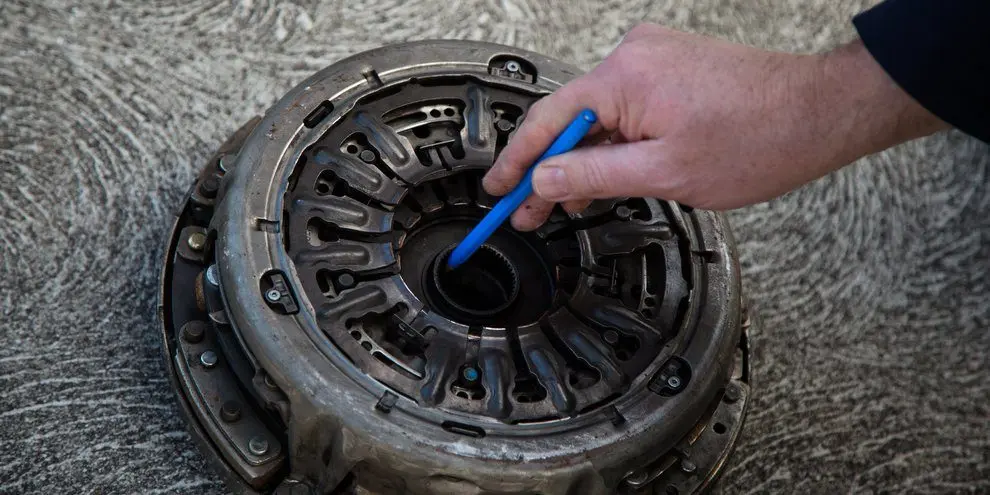
Clutch basket malfunctions
The failure of their clutch basket is characterized by the following factors:
- when squeezing the clutch, noise is generated. If, when removing the gearbox and subsequent troubleshooting, the driven disk and the clutch release are in a normal state, then the basket petals are more likely to have lost their spring properties;
- breakage of the diaphragm part of the basket or breaking off the petals;
- corrosion. The possibility of further use of the basket, if the rust is superficial, depends on the depth of warpage.
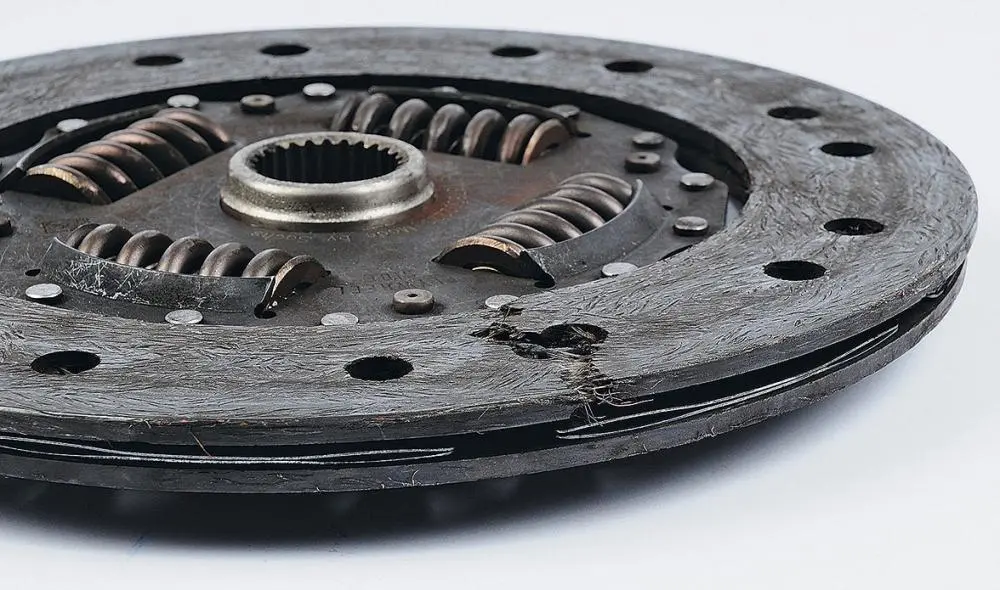
Faulty clutch disc
Failures of the driven disc occur most often, expressed in the characteristic behavior of the clutch, such as "driving" and slipping:
- warping. If it is more than 0,5 mm, then the friction disc will constantly cling to the basket, due to which the clutch will lead. Warping can be corrected mechanically, but if the disc beat is high, it needs to be replaced;
- disc hub skew. You can check by inspecting the splines of the input shaft of the gearbox, it may be enough to use a lithium grease with antioxidant additives so that the hub does not “stick” on the shaft;
- there is oil in the clutch housing. This immediately has a detrimental effect on the friction lining of the disk, disabling it earlier. A situation arises on cars with high mileage, with untimely replacement of the primary shaft and crankshaft oil seals;
- friction clutch wear. It will only be necessary to replace the disc, and before it was possible to change the linings with rivets;
- noise and vibration. If it occurs when the clutch pedal is pressed, then this indicates a malfunction of the transverse disc springs, which work as balancers.
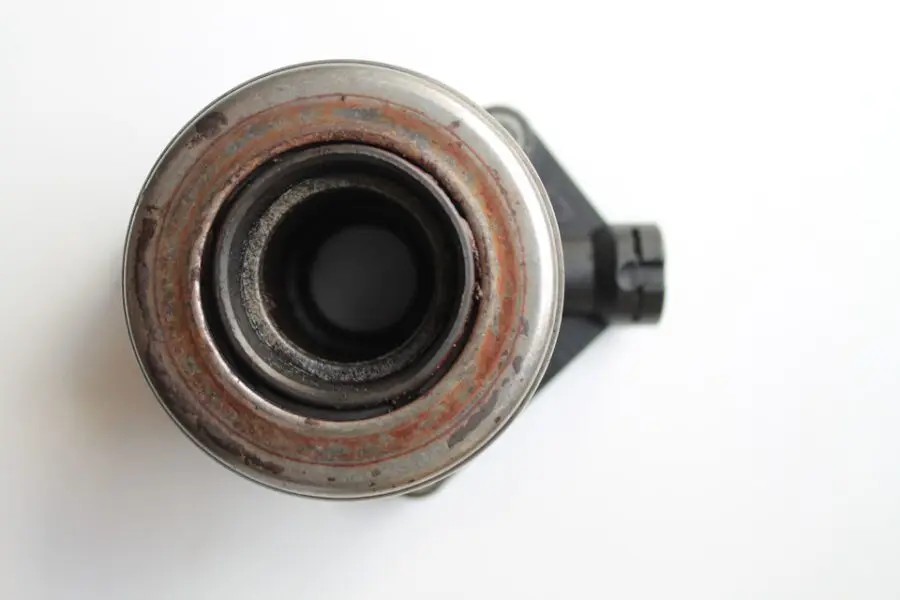
Release bearing malfunction
Diagnosis of the clutch release is quite simple: you need to press the clutch pedal and listen for a rustling sound. If you do not pay attention to the malfunction of the clutch release in time, this can lead to failure not only of the entire clutch package, but also of the gearbox. Often, there are cases when the clutch release flies, and its pieces pierce the gearbox housing.
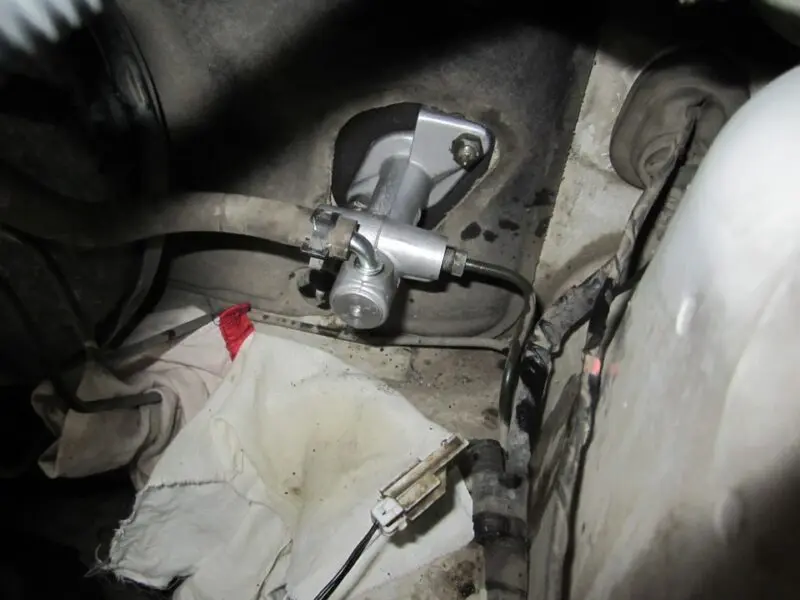
Faults in the clutch master cylinder
A malfunction occurs extremely rarely, on a run of at least 150 kilometers. Most often, the expansion hole is clogged, which you can still try to rinse yourself. Along the way, it is necessary to replace the cuffs, which swell when oil gets in and are not suitable for reuse.
You can check the GCC with an assistant, where the first one presses the clutch pedal, and the second evaluates the amplitude of movement of the clutch fork rod.
Also, the cylinder rod can return to its original position for a long time, due to which the driven disc will burn. This occurs if the vehicle is idle for a long time, as well as due to untimely replacement of the brake fluid in the clutch hydraulic drive. Most often, manipulations on the bulkhead of the master cylinder are reduced to the fact that you have to acquire a new part.
Pay attention to the fluid level in the hydraulic system, and also revise the line if you notice a decrease in the brake fluid level.
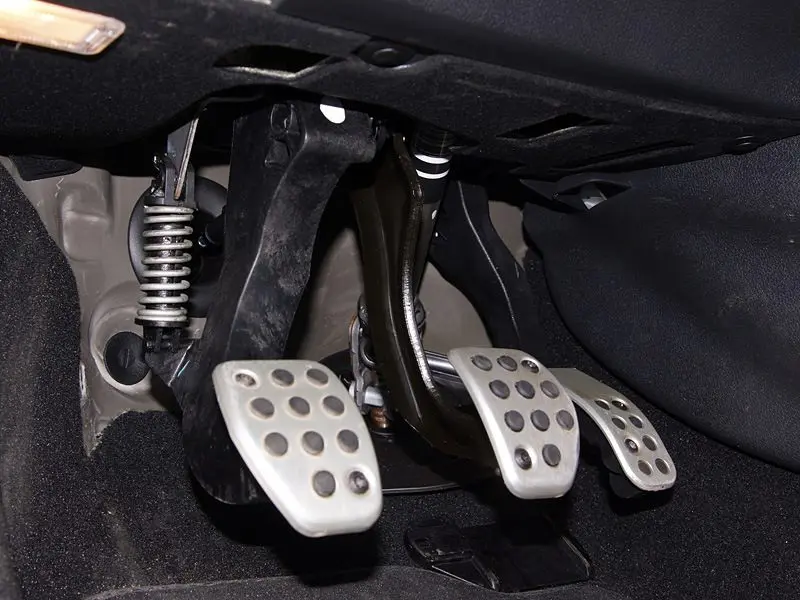
Clutch pedal malfunctions
This is usually rare when the clutch pedal needs to be replaced. Depending on what type of drive is used in the system, you should pay attention to the pedal. This may be damage to the penny pad, which you press on the GTZ rod, or other mechanical damage, which, in many cases. can be solved by welding.
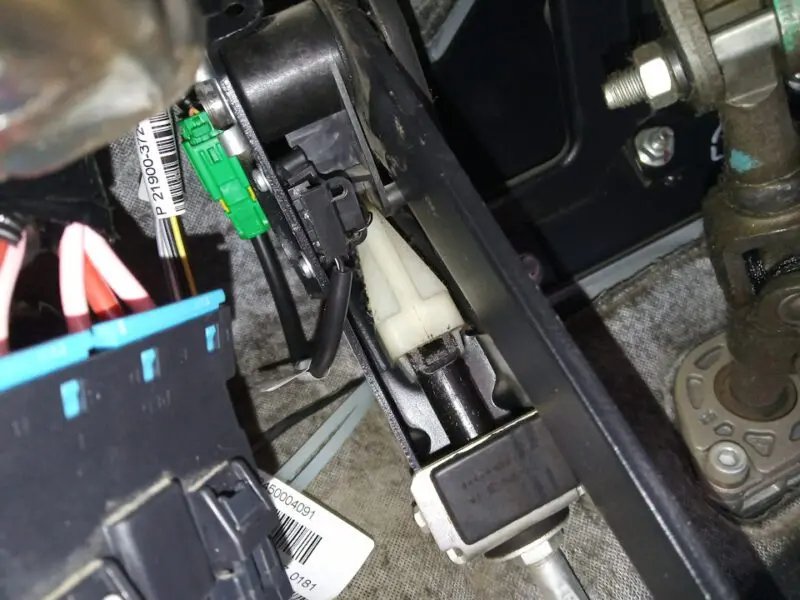
Sensor malfunctions
The use of an electronic clutch pedal requires associated electronic systems and sensors. The pedal position sensor adjusts the ignition angle and engine speed for the optimal environment in which gear changes will be timely and comfortable.
If a partial sensor malfunction occurs, the car does not work adequately: engine speed floats, jerks occur when shifting gears. There are several reasons for the failure of the sensor:
- open circuit;
- failure of the sensor itself;
- electronic pedal “training” required.
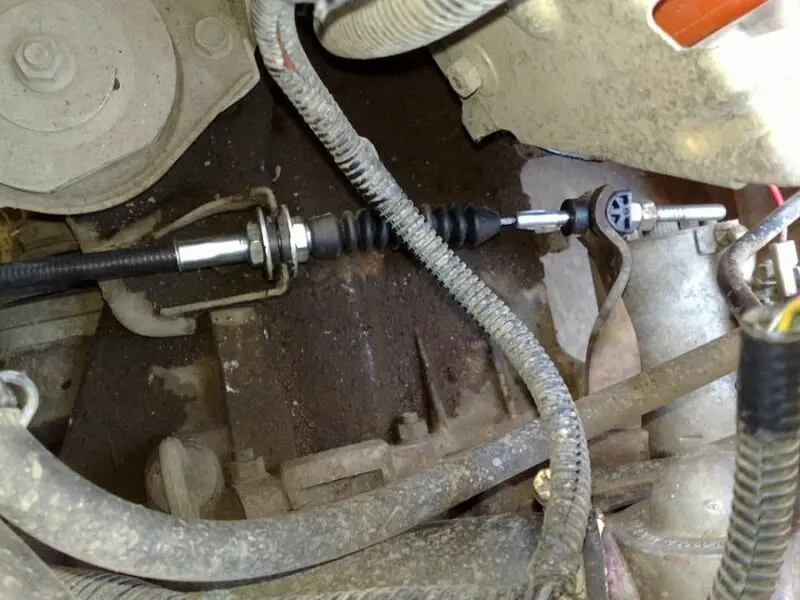
Faults in the clutch cable
Most budget cars with manual transmission are equipped with a cable-operated clutch. It is very convenient and practical, as well as inexpensive to maintain, because there is only a cable between the clutch fork and the pedal. Sometimes it is necessary to adjust the cable tension if the clutch “grabs” in the middle of the pedal position or at the top. If the cable breaks, it needs to be replaced; when stretching, you can still try to pull it.
The cable is in a durable protective plastic sheath and is adjusted with a special nut.
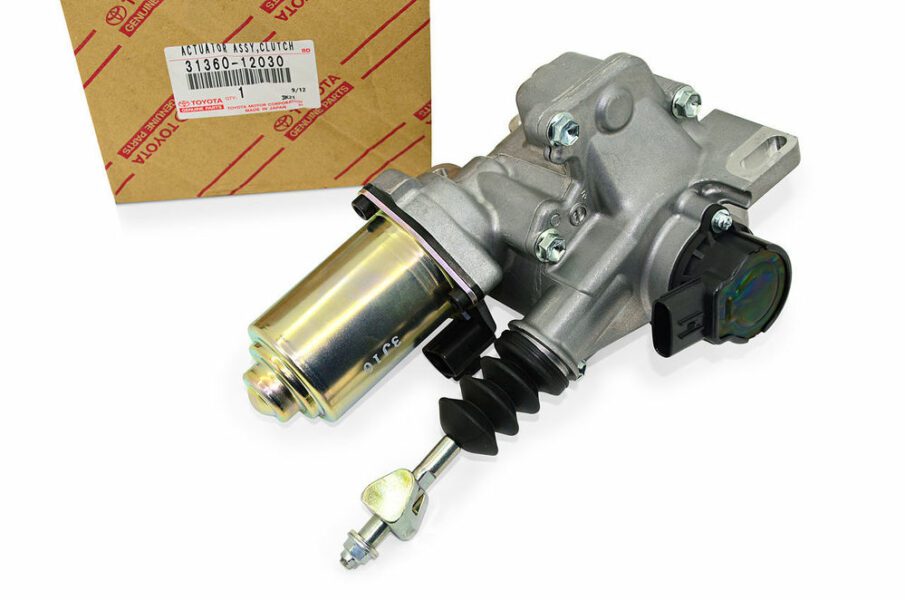
Electronic drive malfunctions
Such a malfunction includes:
- faulty clutch pedal position sensor;
- the clutch release electric motor is out of order;
- there is a short circuit or an open circuit in the electrical circuit;
- the clutch pedal needs to be replaced.
It is extremely important to make a thorough diagnosis of not only the clutch system, but also related parts and mechanisms before repairing.
Questions and answers:
How do you know that you burned the clutch? The pedal is pressed hard, the car jerks with acceleration, the pedal travel is increased, the crunch when shifting gears. After a long drive, some gears stop engaging.
What are the main malfunctions of the clutch release mechanism and drive? The linings of the driven disc were worn out, the driven disc was deformed, oil got on the linings, the splines of the driven disc were worn out, the damper springs were broken, the release bearing was worn out.
How to diagnose a clutch? The motor starts. The handbrake is raised. The clutch is squeezed out smoothly. After a few seconds, reverse gear is engaged. Difficulty turning on is a symptom of a malfunction.

